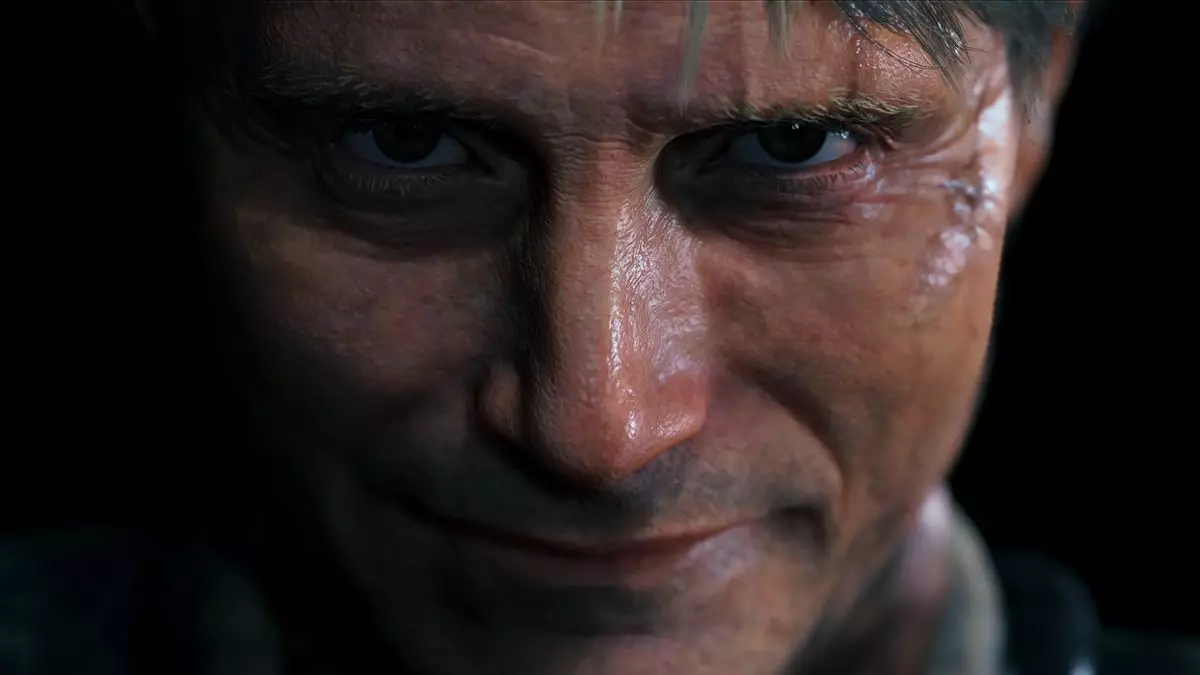Hideo Kojima stands as an unparalleled figure in the realm of video game design, celebrated for innovative titles that transcend traditional gaming experiences. His works—including the critically acclaimed “Metal Gear” series and the thought-provoking “Death Stranding”—are often likened to cinematic productions. This comparison is not merely superficial; Kojima himself acknowledges a profound connection between his craft and the art of filmmaking. He attributes this intersection to what he terms “cinema DNA,” a concept he discussed in a notable interview with fellow game designer Yasumi Matsuno back in 1999. This DNA stems from a generation immersed in the cinematic culture, fuelling their creative endeavors with influences that extend beyond interactive entertainment.
Kojima elaborates on how cinema has intricately woven itself into the fabric of his storytelling approach. From the framing of scenes to the pacing of narrative, his early exposure to films has unconsciously shaped the way he develops video games. He expresses a familiarity with the visual aesthetics of filmmaking, stating that elements such as “coolness,” elegant composition, and atmospheric lighting find their way into his games, enhancing the player’s experience and engagement. The appeal of his titles often lies not only in gameplay mechanics but also in their ability to evoke emotional responses akin to those elicited by films.
Conversely, Kojima expresses concern regarding the current landscape of video game development, highlighting a generational shift in inspiration. Younger developers, having been largely raised in a video game-centric world, may lack exposure to alternative artistic mediums like film or literature. This difference in artistic influence could potentially impact the depth and narrative quality of upcoming games. Kojima raises a valid point; as the medium grows more self-referential, the wealth of experiences from distinct forms of art may not be as readily absorbed by emerging creators.
Despite his claims of not consciously mirroring cinematic techniques, the reality is that his works resonate with a quintessential cinematic quality. Kojima’s narratives are layered with complex themes that often probe philosophical questions, existential dilemmas, or societal critiques, much like the thematic explorations found in film. The environments are meticulously designed to evoke specific moods, drawing players deeper into the story. By the time players reach the climax of “Metal Gear Solid” or traverse the haunting landscapes of “Death Stranding,” they cannot help but feel as though they are participants in an expansive cinematic adventure.
The designer’s admission that a “single work becomes invested with many unconscious strands” resonates deeply, underscoring the intricate craftsmanship involved in his titles. Every detail, from dialogue sequences to ambient soundscapes, intertwines to create an emotionally resonant narrative that captivates and intrigues.
Fast forward to the present, and Kojima’s dedication to cinematic storytelling remains staunch. His forthcoming project, dubbed OD, reflects a collaborative effort with renowned comedian and filmmaker Jordan Peele. A blending of mediums could signify a further push into vital narrative exploration within video games. This venture showcases Kojima’s refusal to stagnate; instead, he constantly seeks fresh perspectives and partnerships that amplify the artistic scope of interactive entertainment—a testament to his visionary approach.
Moreover, with a “Death Stranding” film adaptation on the horizon, Kojima is ambitiously bridging gaps between the gaming and cinematic worlds. This initiative not only cements his role as a pioneer but also posits video games as a legitimate narrative art form that can stand alongside traditional cinema.
Hideo Kojima’s enduring impact on the video game industry is characterized by his ability to craft experiences that meld gaming with cinematic artistry. His reflections on the influences of cinema highlight an essential dialogue about the evolution of storytelling methods in a rapidly developing medium. As the landscape of video games continues to evolve, the essence of Kojima’s work serves as a foundation for future creators, reminding us of the intricate connections between multiple art forms and the importance of diverse influences. Ultimately, his belief in the power of cinematic storytelling reaffirms that video games can achieve monumental narrative depth, elevating the medium to new artistic heights.

